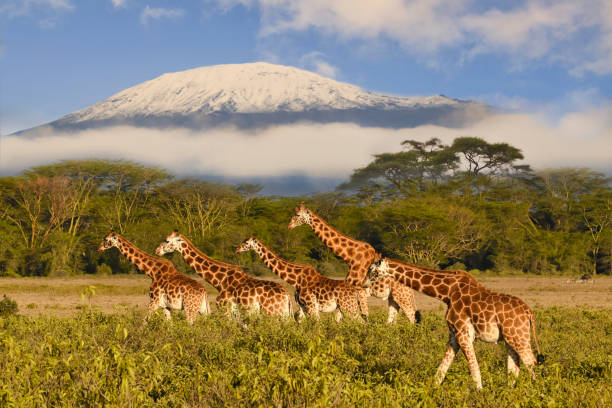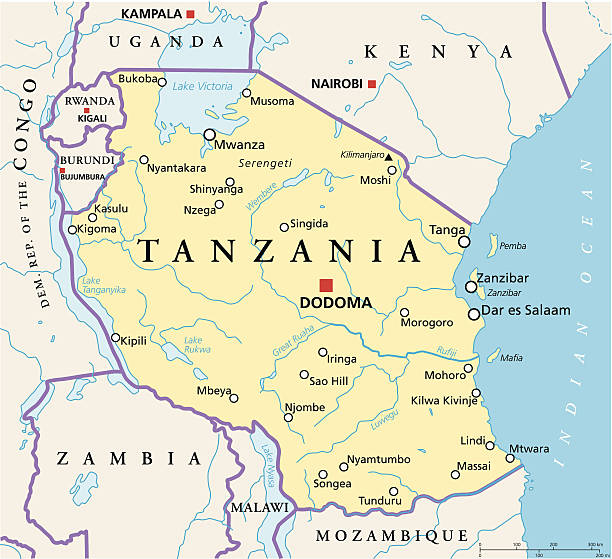Discover the Wonders of Tanzania
Embark on an unforgettable journey across the Serengeti, Mount Kilimanjaro, and the pristine beaches of Zanzibar — where adventure meets tranquility.
Start Your AdventureOverview – Tanzania
Tanzania is the heart of Africa’s wilderness — home to the legendary Serengeti, majestic Mount Kilimanjaro, and the tropical beaches of Zanzibar. From witnessing the Great Migration to exploring Ngorongoro Crater and relaxing along the Indian Ocean coast, Tanzania offers one of the most diverse and awe-inspiring safari experiences on the continent. Discover adventure, culture, and breathtaking natural beauty all in one destination.
Rate
Best Time
June to October
High Season
June to October
Pros & Cons of a Tanzania Safari
Pros
- Home to Serengeti, Ngorongoro, and Kilimanjaro — world-famous attractions
- Great Wildebeest Migration — one of nature’s biggest spectacles
- Excellent year-round wildlife viewing
- Friendly people and rich Swahili culture
- Easy connections to Zanzibar for beach extensions
Cons
- Park fees and safaris can be expensive for budget travelers
- Some long driving distances between parks
- Roads in rural areas may be rough, especially during rainy season
- Certain areas can be crowded during migration season
- Limited budget accommodation options inside top parks
Wildlife
Tanzania is one of Africa’s ultimate safari destinations, home to the Serengeti’s vast plains, the iconic Ngorongoro Crater, and the remote wilderness of Ruaha and Selous. Visitors can spot the Big Five — lions, leopards, elephants, buffalo, and rhinos — as well as wildebeest, zebras, giraffes, and countless antelope species. Bird enthusiasts can enjoy more than 1,100 bird species, including flamingos, lilac-breasted rollers, and fish eagles.
Weather & Climate
Tanzania’s climate varies by region but is generally tropical. The coastal and island areas like Zanzibar are hot and humid, while the highlands, such as Arusha and Ngorongoro, are cooler and more temperate. The long rains occur from March to May, with shorter rains from November to December. The best weather is typically during the dry season between June and October.
Best Time to Visit
The best time to visit Tanzania is during the dry season (June to October), when wildlife is abundant and easy to spot as animals gather near water sources. The Great Wildebeest Migration crosses the Serengeti between June and September — a breathtaking spectacle. January and February are also good months for calving season in the southern Serengeti.
Premium Parks, Reserves & Wildlife Areas
- Serengeti National Park – World-famous for the Great Wildebeest Migration
- Ngorongoro Crater Conservation Area – UNESCO World Heritage Site and natural wonder
- Tarangire National Park – Known for large elephant herds and baobab trees
- Lake Manyara National Park – Famous for tree-climbing lions and pink flamingos
- Mikumi National Park – Easily accessible and rich in diverse wildlife
- Ruaha National Park – Tanzania’s largest park with an authentic wilderness feel
- Saadani National Park – The only park where the bush meets the beach
National Parks & Game Reserves – Tanzania
Premier Parks & Reserves
- Serengeti National Park
- Ngorongoro Crater
- Tarangire National Park
- Lake Manyara National Park
- Ruaha National Park
All Parks & Reserves
Serengeti National Park
Famous for the Great Wildebeest Migration, the Serengeti offers unmatched predator action and endless savannah landscapes.
Ngorongoro Crater
Known as the “Eighth Wonder of the World,” this UNESCO site shelters thousands of animals in a breathtaking natural amphitheater.
Tarangire National Park
Home to massive elephant herds and giant baobab trees, Tarangire offers stunning scenery and rich wildlife diversity.
Lake Manyara National Park
Famous for its tree-climbing lions and pink flamingos, this compact park is rich in ecosystems and birdlife.
Ruaha National Park
Tanzania’s largest national park, offering remote wilderness, vast landscapes, and excellent predator sightings.
Nyerere (Selous) National Park
A vast wilderness area offering river safaris, walking tours, and one of Africa’s richest ecosystems.
Mikumi National Park
Close to Dar es Salaam, Mikumi is an easily accessible gem offering a variety of wildlife and open plains.
Wildlife & Animals – Tanzania
Tanzania is one of Africa’s most iconic safari destinations, home to the world-famous Serengeti and Ngorongoro Crater. The country hosts some of the largest wildlife populations on Earth — from the Great Migration herds to the legendary Big Five. Lions roam freely, elephants and buffalo graze in vast savannas, and the elusive leopard lurks among acacia trees. Tanzania also shelters the rare black rhino and an incredible diversity of birdlife, reptiles, and insects. Its untouched parks and reserves make it a paradise for nature and animal lovers alike.

Lion
Abundant
Leopard
Common

Cheetah
Occasional

Hyena
Common
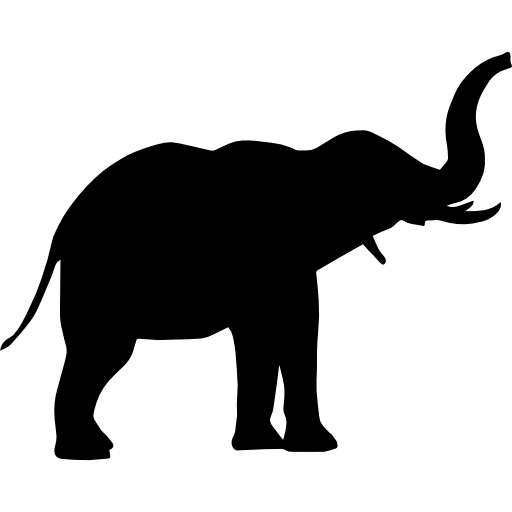
Elephant
Abundant

Black Rhino
Rare

Buffalo
Abundant
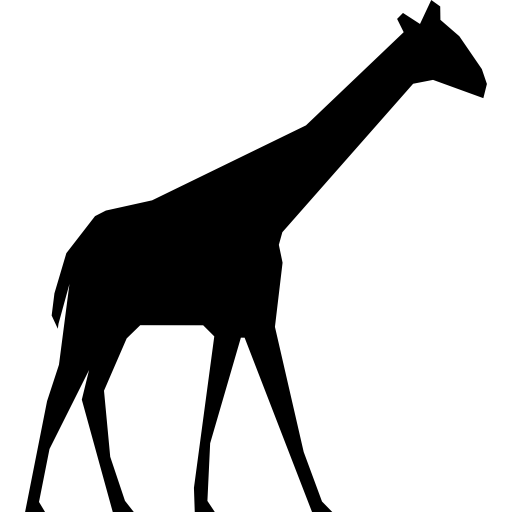
Giraffe
Abundant

Zebra
Abundant

Wildebeest
Abundant
Hippo
Common
Birds – Tanzania
Tanzania is one of Africa’s premier birding destinations, with over 1,100 recorded species. Its diverse ecosystems — from the Serengeti plains and Ngorongoro highlands to the wetlands of Selous and the shores of Lake Manyara — provide a haven for resident and migratory birds alike. Flocks of flamingos, vibrant bee-eaters, and the iconic Fischer’s lovebird are just a few of the spectacular species found here. Migratory birds from Europe and Asia visit between November and April, making Tanzania a year-round paradise for birdwatchers.
Notable Birds in Tanzania
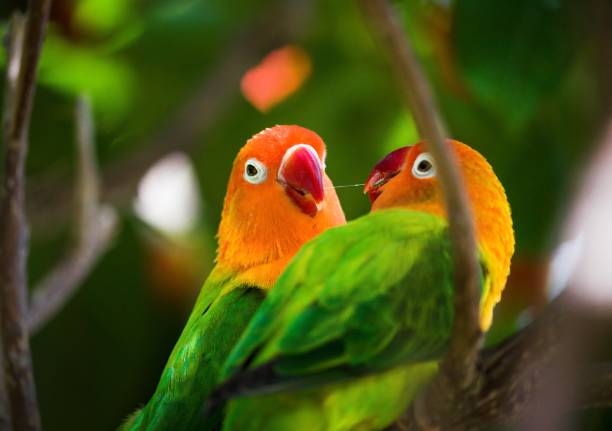
Fischer’s Lovebird
common
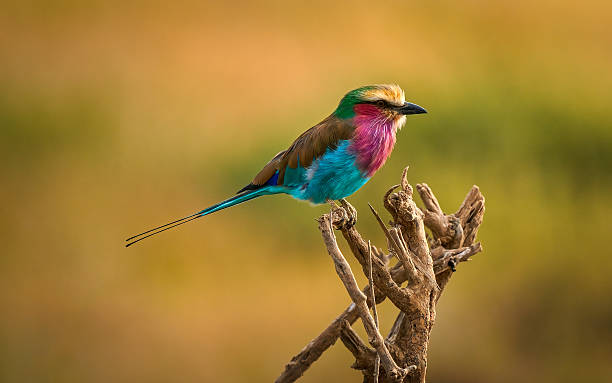
Lilac-breasted Roller
common
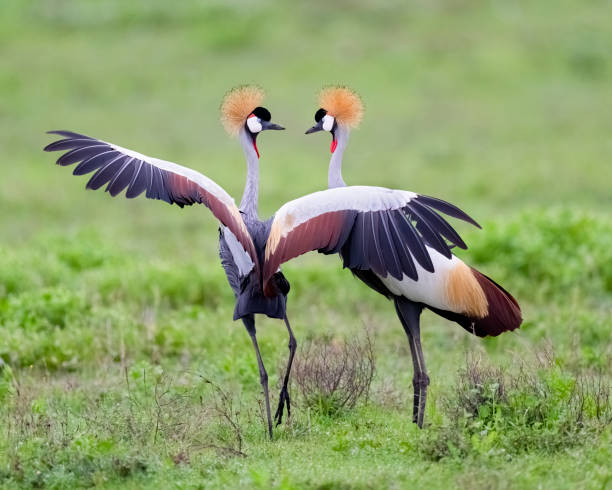
Grey Crowned Crane
common
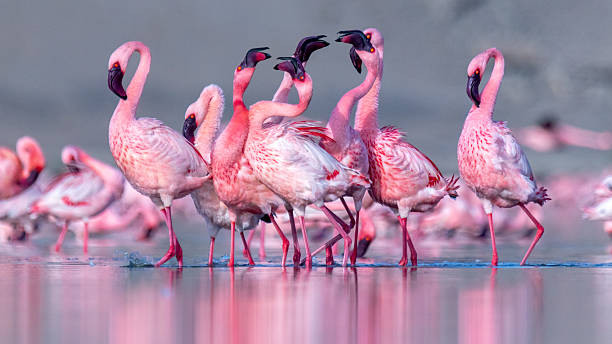
Lesser Flamingo
abundant (seasonal)
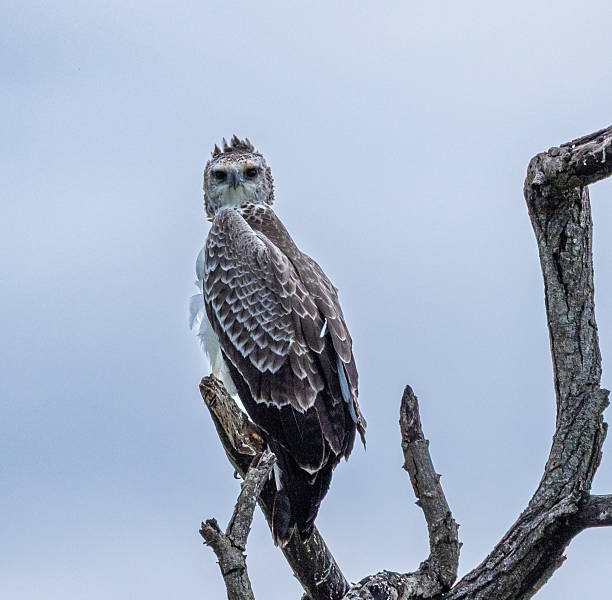
Martial Eagle
occasional
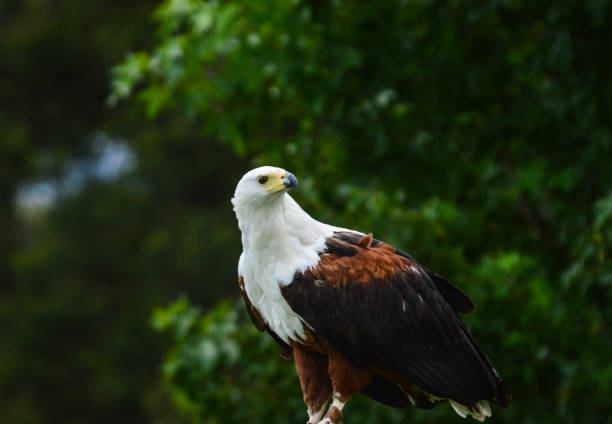
African Fish Eagle
common
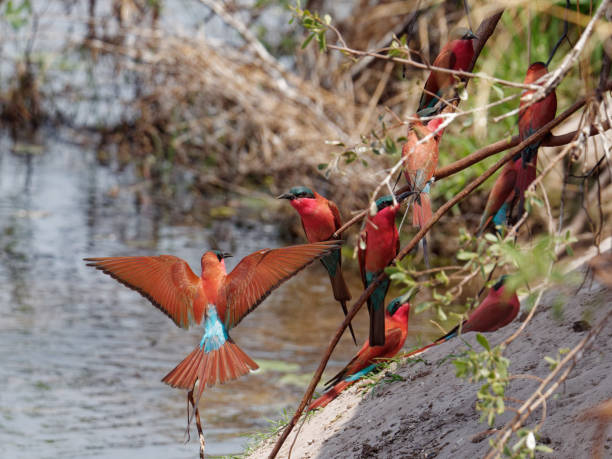
Carmine Bee-eater
common (migratory)
Best Time To Visit – Tanzania
Tanzania’s diverse climate makes it a year-round destination. The dry season (June–October) is ideal for safaris and climbing Mount Kilimanjaro, while the wet season (March–May) brings lush landscapes and fewer tourists. For the Great Migration, visit Serengeti from June to August (river crossings) or January–February (calving season).
Best Time
June to October offers the best weather for safaris and beach vacations in Tanzania, especially in Serengeti and Zanzibar.
High Season
From June to October, Tanzania’s parks are dry, animals gather near waterholes, and the Great Migration is in full swing.
Low Season
April and May are the long rains – many lodges close, but prices drop and the scenery is at its greenest.
Mid-Seasons
November, December, and March offer fewer crowds, lush greenery, and good value for money.
Wettest Months
April and May see the heaviest rainfall across Tanzania, making some safari routes less accessible.
June to October – Dry Season – Winter
- Best visibility for wildlife in Serengeti, Tarangire & Ruaha.
- Comfortable daytime temperatures (24–27°C) and cool nights.
- Excellent conditions for Kilimanjaro trekking.
- Minimal mosquitoes due to dry weather.
- Wildebeest migration peaks around July–August in northern Serengeti.
- Clear skies ideal for photography and beach relaxation in Zanzibar.

Tanzania Climate & Weather
Tanzania’s climate is tropical and varies by region due to differences in altitude and geography. The coastal and island areas (like Zanzibar and Dar es Salaam) are hot and humid year-round, while the northern and central highlands (Serengeti, Ngorongoro, and Arusha) experience cooler temperatures, especially at night.
Average daytime temperatures typically range between 25°C and 32°C in most regions. In higher-altitude areas like the Ngorongoro Highlands and Mount Kilimanjaro, temperatures can drop to around 10°C at night, with much cooler air at the summit of Kilimanjaro.
Dry Season (June to October):
This is the prime time for safaris across Tanzania. Clear skies, little rainfall, and thinning vegetation make wildlife easy to spot around rivers and waterholes. The Great Migration crosses the northern Serengeti during July and August, while conditions are perfect for trekking Mount Kilimanjaro and relaxing on Zanzibar’s beaches.
Wet Seasons (March–May and November–December):
The long rains (March to May) bring lush green landscapes but can make some safari routes muddy or inaccessible.
The short rains (November to December) are lighter and usually occur in brief, refreshing bursts.
These months offer fewer tourists, excellent birdwatching, and vibrant scenery—especially in the Serengeti and Tarangire.
Whether you’re chasing the Great Migration, climbing Kilimanjaro, or relaxing on Zanzibar’s turquoise coast,
Tanzania provides rewarding travel experiences all year round.
Popular Routes
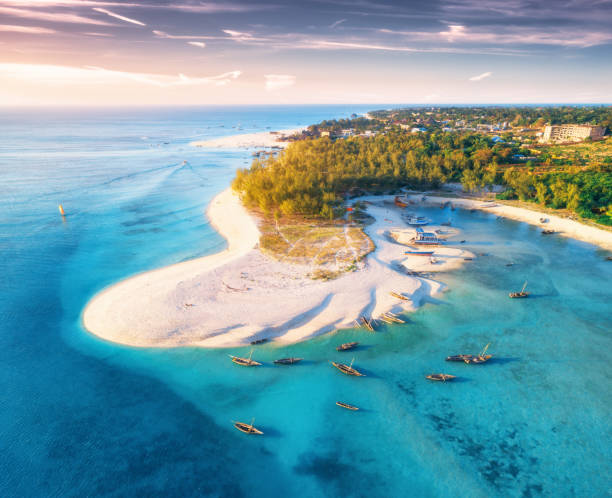
Safari Beach
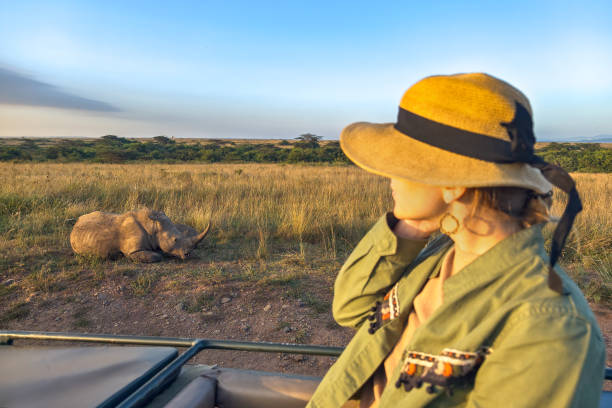
Luxury Tanzania


